Sourwood honey is considered by some to be the best-flavored honey in North America, perhaps the world. Carson Brewer, a conservationist who wrote about life in Appalachia, mused that “Most honey is made by bees. But sourwood is made by bees and angels.”
Honey connoisseurs say there’s an excellent crop of sourwood honey about once a decade making it rare as well as good. This rarity is as much dependent on weather patterns as it is timing and bee-keeping expertise. The honey’s color can be white to amber sometimes with a light gray tint. Its texture is smooth, caramel-esque, buttery. The flavor is similar to gingerbread with a bit of kick in the aftertaste. I have two bottles of it squirreled away. And while sourwood honey is famous, the tree has more to offer. However, like many trees, it just barely slips into the edible range.
The small blossoms can be used to make jelly, and the leaves chewed to quench thirst (chewed not swallowed. They’re a laxative.) In years when there isn’t enough good blossoms for honey jelly is an option. The urn-shaped blossoms grow along terminal panicles and resemble Lilys-of-the-valley. While some writers call them aromatic I find their scent pleasant but barely detectable. During my last August trip to the Blue Ridge Mountains of North Carolina I saw altitude-stunted sourwoods blossoming on the top of mountains and yet-to blossom large trees in the valleys.
Sourwood, Oxydendrum arboreum, grows from southwest Pennsylvania down the Appalachian chain just dipping into panhandle Florida. It can be a tall tree in the middle of its range, smaller on each end.
Because of its acidic taste (from oxalic acid) the Cherokee Indians occasionally used it to cook food for the flavor. Spoon and combs were made from the wood as well as sled runners, arrowshafts and pipe stems. As for the edibility of young leaves there is some controversy.
Elias Yanovsky wrote a book in 1936 for the US Department of Agriculture called Food Plants of North American Indians. It was in part a response to the food shortages of the Great Depression in the 1920s and the Dust Bowl era of the 30’s. At least two of his entries have been criticized as doubtful. One is that he said some tribes ate Virginia Creeper. That is highly doubted. Virginia Creeper is considered toxic. In another entry Yanovsky said tribes in the southeast ate young sourwood leaves in salads. That is doubted. Ethnobotanists like Dr. Daniel Austin say southeastern tribes did not as a matter of course eat raw vegetables, that is, they did not eat salads. In fairness to Yanovsky he was not an ethnobotanist and could have copied misinformation from other sources, not unlike the Internet today.
The sourwood, however, did have many medicinal uses among the various tribes. The Catawba used it as an infusion for menstrual issues and menopause. The Cherokee used sourwood infusions to stop diarrhea. They also made it into a tonic for indigestion, nervousness, asthma and spitting blood. Francis Porcher, mentioned many times in my articles, was an American Civil War doctor and botanist. He wrote: “The leaves when chewed allay thirst. A decoction of the bark and leaves is also given as a tonic.” In the Old South it is a folk remedy for kidney and bladder issues, fevers, diarrhea and dysentery.
Related to the blueberry and in the Heath Family, the Oxydendrum arboreum is a monotypic genus, that is, it is the only member in its genus. Oxydendron (ox ee DEN drum) is from two Greek words, Oxy- meaning “acid” or “sharp” and Dendron which means tree. Arboreum ( ar BOR ee um or ar bor EE um) means “tree form” or tree-like. The sourwood is also called the Sorrel Tree and the Lily-of-the-valley-Tree because its blossoms are similar to the flower’s.
Carson Brewer, who so aptly described sourwood honey, was a columnist for the Knoxville News-Sentinel, a daily newspaper in Knoxville, Tennessee. He wrote for them for some 40 years then retired and wrote for 18 more before dying of pneumonia in 2003 just shy of his 83rd birthday. Brewer wrote several books. His best known is Hiking in the Great Smoky Mountains. The Tennessee Valley Authority, which eventually flooded the Little Tennessee River valley with the Tellico Dam, hired Brewer and his wife, Alberta, to write a history of the valley and those who lived there. That valley is now underwater. Their work, Valley So Wild: A Folk History, was published in 1975. It was the Tellico Dam project that made a small endangered fish called a snail darter famous and a household word at the time.
During the second half of the 20th century attitudes began to change about the use of dams and flooding valleys for power. The Tellico Dam was the turning point and the first dam halted (for a while) because the flooding would wipe out a species, the snail darter (Percina tanas) found only at that time in the Little Tennessee River. More to the point the three-inch fish was federally protected by the Endangered Species Act of 1973. The minnow had its day in court, the Supreme Court no less, and won. So the dam could be built — $100 million had been spent by then — the act was amended to specifically exclude the snail darter and it was moved to the Hiwassee River. The fish was upgraded from endangered to threatened on 5 July 1984. The case was instrumental in the development of environmental law. If you want to read more there’s a book about it: The Snail Darter Case. And as you might expect, Carson Brewer covered the story.
Green Deane’s Itemized Plant Profile
IDENTIFICATION: A deciduous, medium-tall tree growing to 30-60 feet, slender pyramid shape, some times oval, often with a curved or leaning trunk. Bark rusty-brown, smooth when young becoming rough and furrowed. Simple, alternating oblong leaves to 10 inches, rich green and glossy on top, sour taste, appear to fold in the sun and hang like weeping. They turn brilliant red, scarlet and purple in fall. Blossoms white, on long drooping stalks to 10 inches. Small flowers are urn shaped, upside down, resembling blueberry blossoms. Some find the blossoms fragrant.
TIME OF YEAR: Blossoms spring to summer, altitude can make a difference.
ENVIRONMENT: Prefers rich soil, mixed hardwood and softwood forests but is adaptable. Prefers full sun, some shade.
Hardy USDA Zones 5-9.
METHOD OF PREPARATION: Flower used to make jelly. Chewing leaves can reduce thirst.

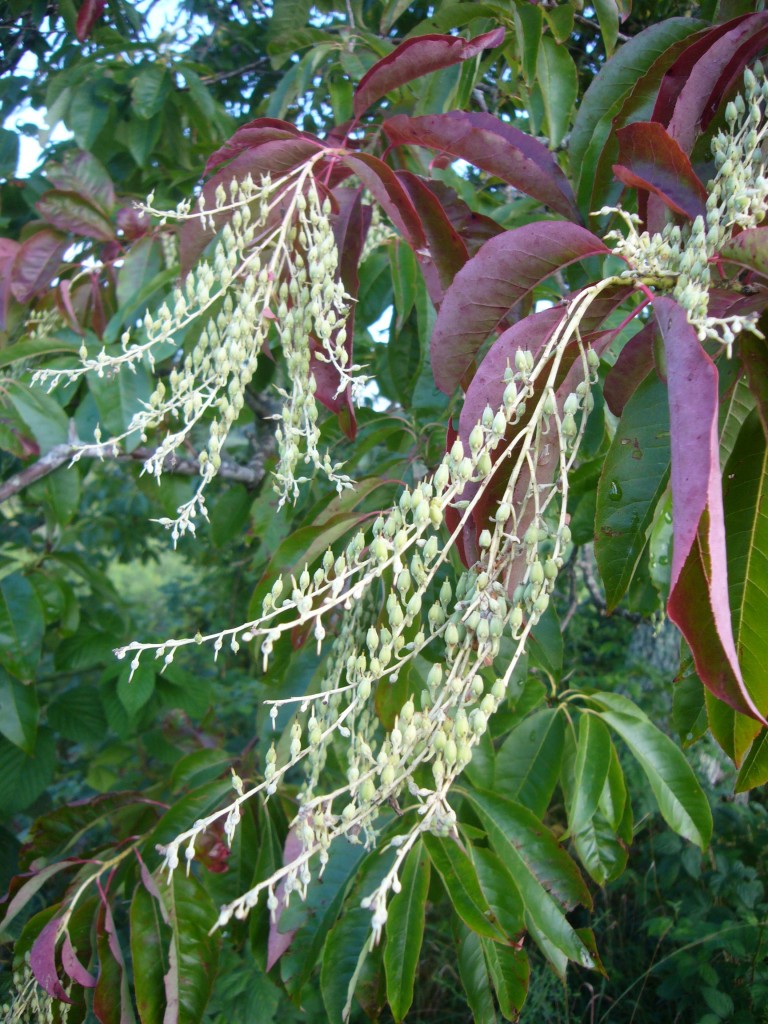
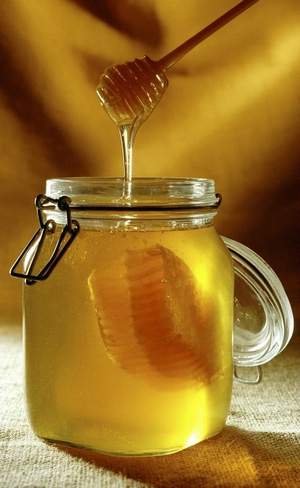
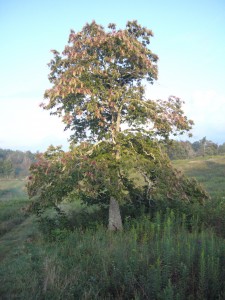
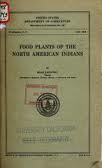


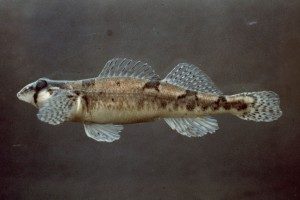

I have recently moved from Rochester, NY to North Carolina Piedmont and am considering planting a Sourwood tree. In Rochester on the southern shore of Lake Ontario, there is a precious small park, Durand Eastman. This park has Sourwood trees brought in from Appalachia. They have naturalized in the park. Their bloom period must be late summer or fall because I have often the white blossoms against the brilliant leaves of fall. Just a comment. Along the shore, the winters are tempered by the large body of water. Jean
I live in northern california. sounds like a spectacular tree- would love to have a specimen in my garden, but suspect it wouldn’t do well in our climate.
any thoughts out there? could one grow in the san francisco bay area peninsula?
I live in Sacramento, and just bought a tree. I’m wondering if it will survive….
Are sourwoods male and female? I have a six foot tall bush, it has not shown a bloom yet. How old must they be to bloom?
I live in the beautiful mid state area called the Lakes Region. I would like to know if Sourwood trees could survive in our climate ? thanks Jim
I just finished making a blanket box from what I suspect is sour wood. I can’t be sure, but the sawyer I hired says it is and I do have plenty of sour wood trees there. The wood saws very white, but eventually turns almost black during production to furniture. I have pictures of the wood, but I am not sure how to post it here.
Isn’t the photo upside down?
No. It it is correct.